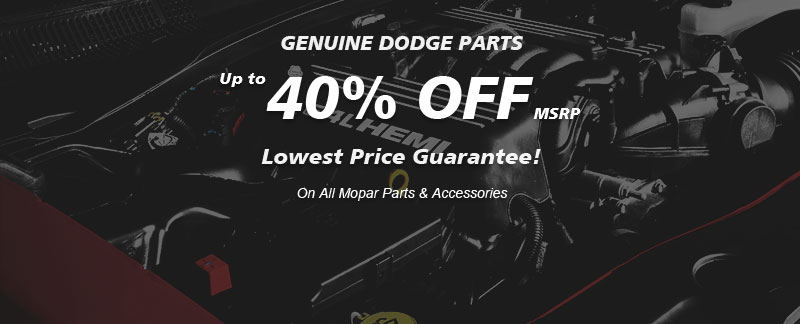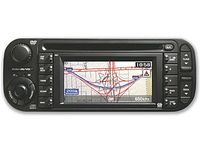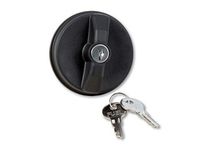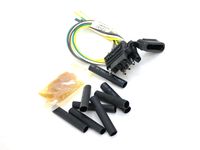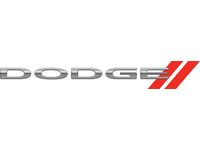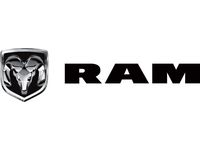- Live Chat
- 1-888-511-3595

Why choose MoparPartsGiant
- Fast Delivery
Your Dodge Neon deserves only Dodge Neon genuine parts from MoparPartsGiant.com. There's zero risk involved when buying from us because all our Dodge Neon auto parts are expedited directly from authorized dealers and backed by the manufacturer's warranty. For years, we've been the #1 Dodge Neon online parts store. Interested in faster shipping? We offer expedited shipping on corresponding orders!
- Dedicated Service
Our outstanding customer service team is here to help you by email, live chat, or phone call with any inquiries regarding your purchase. Dedicated representatives are standing by to assist you with your shopping needs. With a complete Dodge Neon parts catalog and a full selection of inventory, your parts are ready to be expedited anywhere in the nation without delays.
- Unbeatable Prices
For any genuine Dodge Neon parts you need for standard maintenance or repair, we carry them. With our unbelievably low prices on Dodge Neon parts, you won't go anywhere else for Dodge Neon parts. We are your one-stop shop for Dodge Neon parts without breaking the bank!
Popular Genuine Dodge Neon Parts
- Engine Parts View More >
- Electrical Parts View More >
- Fuel Parts View More >
- Body - Sheet Metal Except Doors Parts View More >
- Cooling Parts View More >
- Steering Parts View More >
- Interior Trim Parts View More >
- Brakes Parts View More >
- Transmission Parts View More >
- Suspension & Drive Parts View More >
- Doors & Related Parts View More >
- Exhaust Parts View More >
Shop Genuine Dodge Neon Parts with MoparPartsGiant.com
The Dodge Neon is a compact, front-wheel-drive car that was introduced in 1994 for the 1995 model year. Available in two generations and in both two- and four-door variants, the Neon was known for unique features such as power windows only on the front doors. The Neon was powered by either a 2.0L SOHC engine producing 132 hp or an optional 150 hp Magnum engine. Significant improvements were made in the second generation, which boasted over 1,000 enhancements over its predecessor. These included the replacement of the first generation's frameless windows with fully framed ones, enhancements to noise, vibration, and harshness (NVH) management, and a larger overall size. However, this led to an increase in weight. Notably, the second-generation Neon was equipped with a five-speed manual transmission, utilizing shift paddles that were used in the previous ACR model to boost acceleration. In 2002, the Neon offered a four-speed automatic transmission, with an updated version appearing in models from 2003-2005. The Neon also featured suspensions that were stiffer than standard models, notably on the R/T models. The Neon is an embodiment of Dodge's commitment to innovation, performance, and practicality in the compact car segment.
As mileage accumulates, the Dodge Neon may encounter common issues like suspension system problems and electrical issues. Suspension problems often present as clunking noises from the front suspension or rattling and squeaking sounds from beneath the car. These noises typically intensify over time. Drivers may also experience a deterioration in handling, with the Neon veering unintentionally to one side and vibrations felt through the steering wheel. These symptoms suggest a potential issue with the steering knuckle or sway bar bushing. On the electrical front, drivers have reported problems starting and powering their Neons, alongside battery terminal corrosion and a decrease in overall vehicle quality, often signalled by the Check Engine Light. These problems may be attributed to a defective battery cable or a failing camshaft position sensor. Regular maintenance of wear-prone components such as the drive belt, windshield wiper, and wiper blades can help maintain the Neon in peak condition.
OEM parts are made and tested to Dodge's official factory standards. They go through the strict manufacturing processes to maximize perfections. Each OEM Dodge Neon part, like Wiper & Washers And Cylinder & Keys, Air Conditioning & Heater we offer is competitively priced and comes with the assurance of the manufacturer's warranty for the part. Furthermore, we guarantee the quickest delivery of your orders right to your doorstep. Our hassle-free return policy is also in place for your peace of mind.
Dodge Neon Parts Questions & Answers
- Q: How should the Engine Coolant Temperature sensor be handled and replaced on Dodge Neon?A: Be very cautious when dealing with the Engine Coolant Temperature (ECT) sensor besides damage to it will lead to a disability of the entire fuel injection system. Start with the removal of negative terminal of the battery and then dismantle the engine coolant. The ECT sensor is mounted midshaft on the left side of the cylinder head above the airflow sensor, behind the CMP sensor and it is not easily accessible. Depend on it to harness the ECT sensor, the CMP sensor has to be unwrung, and if the latter requires the deep socket for its removal, then the battery and battery tray have to be unbolted as well. It is recommended to take out the CMP sensor at this point, as it will be somewhat in the way. Then turn the ECT sensor anti-clockwise and remove it from the cylinder head then remove the electrical connector of the said sensor. It is advisable to cover the threads of the new ECT sensor with Teflon tape in a bid to minimize coolants leakage. Remove is the antonym of installation and involves the tighting of the ECT sensor to the appropriate torque signs, before refilling the cooling system.
- Q: How Can You Check the Operation of a Water Pump on Dodge Neon?A: A failure in the water pump can cause serious engine damage due to overheating. There are three ways to check the operation of the water pump while it's installed on the engine. If the pump is defective, it should be replaced with a new or rebuilt unit. Water pumps are equipped with weep or vent holes. If a failure occurs in the pump seal, coolant will leak from the hole. In most cases, you'll need a flashlight to find the hole on the water pump from underneath to check for leaks. Some small black staining around the weep hole is normal. If the stain is heavy brown or actual coolant is evident, replace the pump. If the water pump shaft bearings fail, there may be a howling sound at the front of the engine while it's running. With the engine off, shaft wear can be felt if the water pump pulley is rocked up-and-down. Don't mistake drivebelt slippage, which causes a squealing sound, for water pump bearing failure. A quick water pump performance check is to put the heater on. If the pump is failing, it won't be able to efficiently circulate hot water all the way to the heater core as it should.
